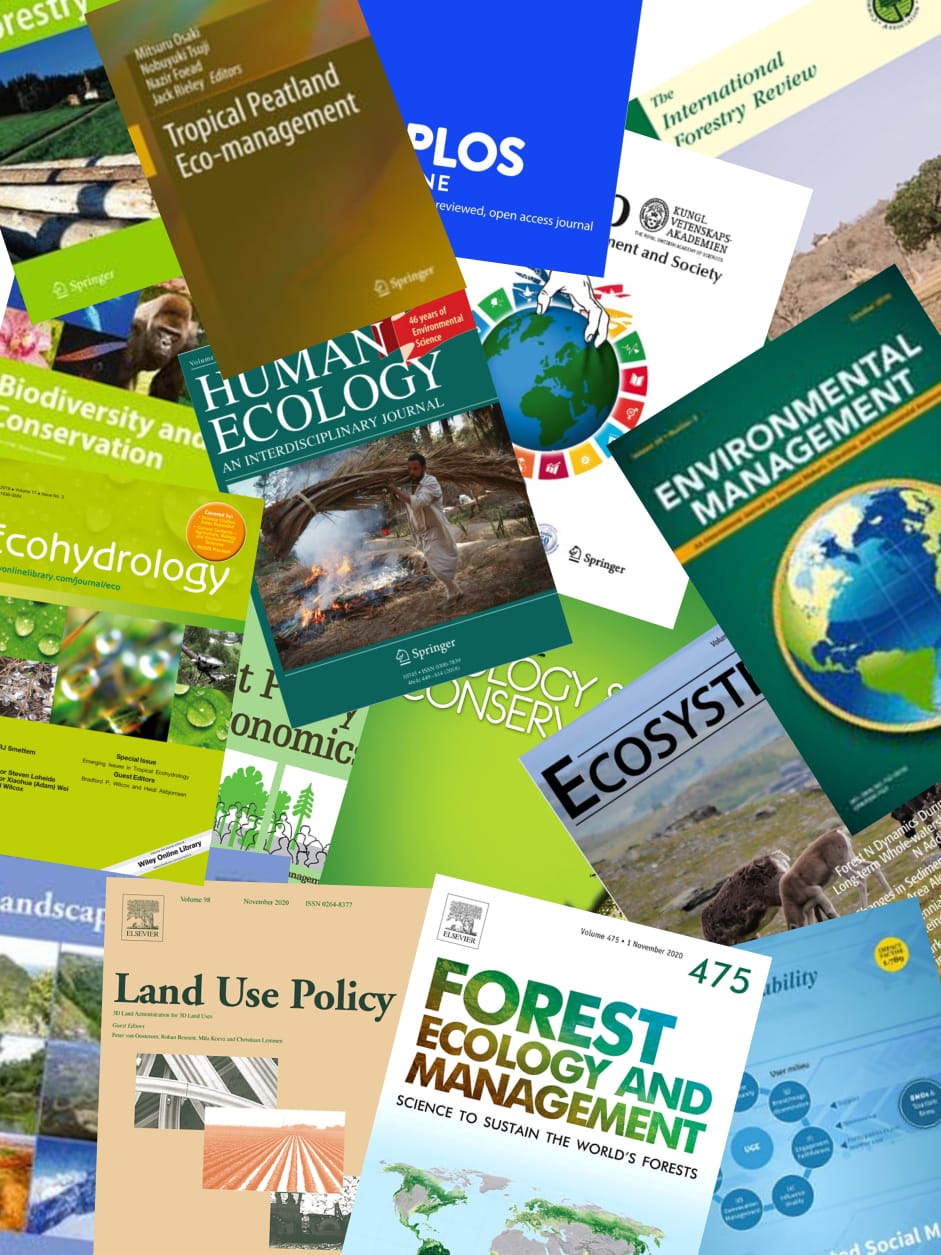In South East Asia, increased population and agricultural demands, especially for oil palm cultivation, have led to peatland conversion, resulting in environmental degradation. To conserve peatland's function as a biodiversity and carbon reservoir, restoration of an oil palm plantation after burning in tropical peat swamp area was carried out by revegetation using native peat swamp forest plants, together with land rewetting. To monitor the success of the restoration process, soil sampling was carried from that restoration area as well as surrounding natural forest and burned oil palm plantation as comparisons. Analyses of physico-chemical and biological revealed substantial differences after 3.5 years of restoration between the restored soil and both burned oil palm plantation and the natural forest soils. These differences were seen in both physical and chemical characteristics (including water holding capacity (WHC), bulk density (ρb), organic matter, and concentration of ammonium, nitrate and phosphate) as well as the activity and diversity of soil microbial community. Increased viable microbial biomass (118% compared with burned oil palm plantation soil) and substrate utilising capacity (31% increase compared with the natural forest soil) as determined by Community Level Physiological Profiling (CLPP) indicated that the restoration of the soil has resulted in significant changes in soil microbial activity. Analysis of all the parameters measured using Principal Component Analysis (PCA) allowed examination of the relationship between the physical-chemical and biological properties of each of the three soils and revealed that, as like other ecosystems, pH and soil phosphatase activity may be useful management parameters in terms of monitoring the restoration progress of tropical peatlands. © 2015 Elsevier B.V..
View source

